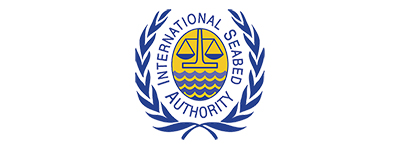A View From… The Regulatory Body

Michael Lodge
Secretary-General, International Seabed Authority

The future of ocean mining… is the core focus of the International Seabed Authority (ISA) and its members, as we collectively look to establish the rules for commercial deep-sea operations.
The 1982 United Nations Convention on the Law of the Sea (UNCLOS) recognizes the seabed and subsoil beyond the limits of national jurisdiction, as well as the mineral resources they contain, as the common heritage of humankind.
In order to regulate and manage access to these resources in the international seabed area—also known as the “Area”—UNCLOS created ISA, an autonomous organization within the United Nations common system. All States parties to UNCLOS automatically become members of ISA. As of today, there are 168 parties to UNCLOS (167 States and the European Union) and thus 168 members of ISA.
The Area represents more than 50 per cent of the seafloor and subsoil of the world's ocean. It is ISA’s duty to ensure the protection of the marine environment, promote and encourage marine scientific research and facilitate the participation of developing States in activities undertaken in the Area. ISA is also responsible for establishing a global mechanism to guarantee the equitable sharing of financial and other economic benefits derived from activities carried out in the Area so that they benefit humankind as a whole.
Over the last few years, significant efforts have been put into the development of a comprehensive “Mining Code”. In fact, regulations have been issued to date for the prospecting and exploration for polymetallic nodules (2000 and revised in 2013), polymetallic sulphides (2010) and cobalt-rich ferromanganese crusts (2012). These regulations include the forms necessary to apply for exploration rights as well as standard terms of exploration contracts. As a result, ISA has so far approved 31 exploration contracts in the Pacific, the Indian Ocean and the Atlantic Ocean, covering about 1.5 million square kilometers (or about 1%) of the world’s ocean floor.
Today, the members of ISA are discussing the next block of the Mining Code: the regulatory regime for the exploitation of deep-seabed minerals in the Area. Based on a precautionary approach, the regulations will take into consideration the technological progress achieved recently as well as our growing understanding of the marine environment to ensure that if deep-seabed mining proceeds, it will be in a responsible manner. Negotiations on the draft exploitation regulations are expected to resume in 2021.

